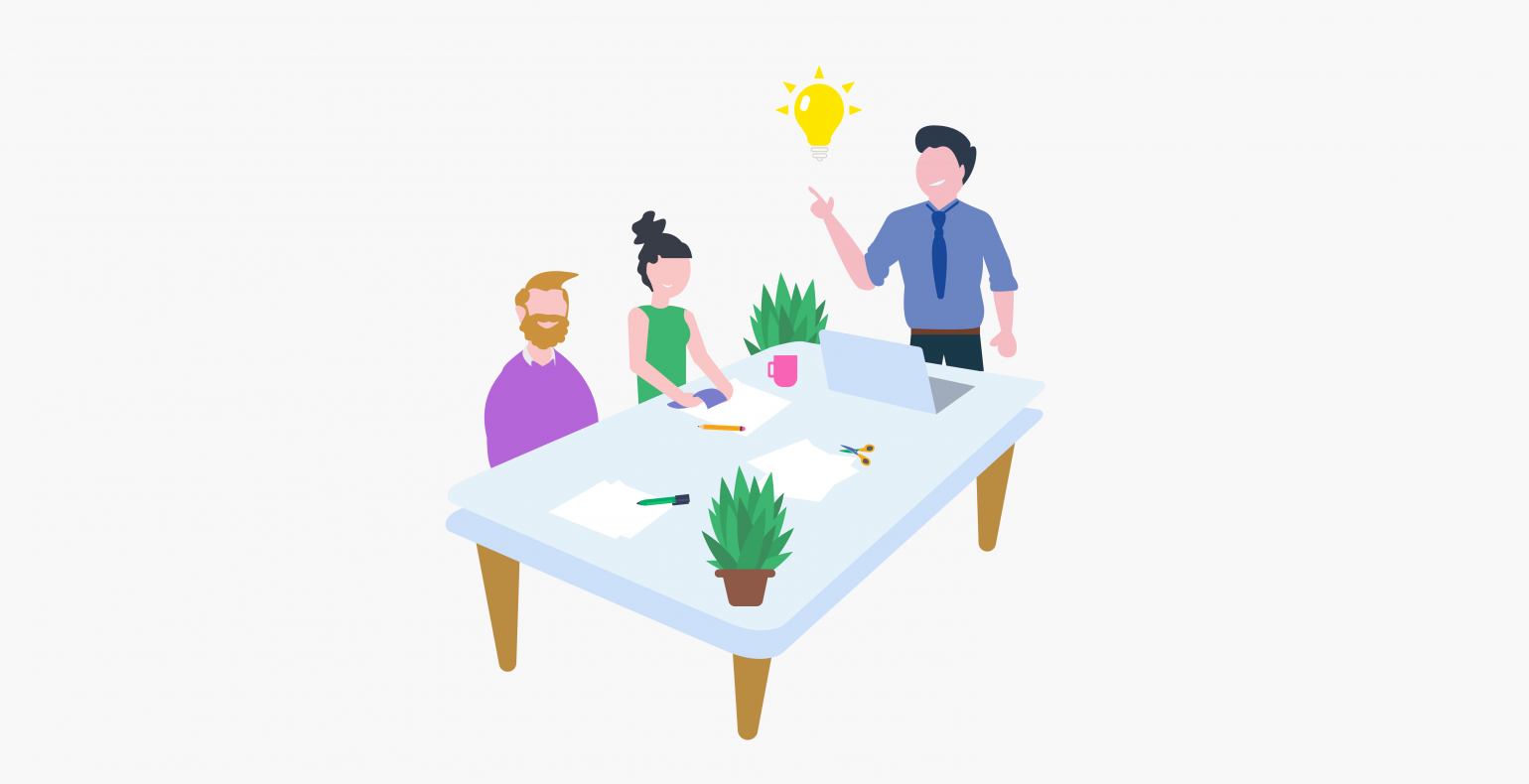Who needs a prototype?
Prototyping has become a popular design practice valued by customers and loved by user experience designers as a fast, efficient and fun way to visualise ideas. A prototype helps to understand and explore the possibilities and limitations that arise when they are built as a visual and interactive solution and tested on users.
Why do designers use this method?
For designers, prototyping tools are a platform for creativity and experimentation. Prototyping provides an opportunity to learn about, develop, and communicate design ideas and to test several possible variants of functionalities before they are developed. Prototypes can also be used to test and validate ease of use and navigation.
How will the customer benefit from the prototype?
Because people understand an interactive moving image better than a static image with the story, creating a prototype makes communication between the client and the contractor much more effective. Prototyping allows you to quickly and cost-effectively test many different ideas and scenarios and to test them effectively with both the customer and the users.
How will the team benefit from the prototype?
It is common for one UX designer to perform user research and analysis, and for the prototype to be made by another. And finally, the prototype is then tested by a third person.
Once the pre-prototyping phases have been completed to a high standard, other team members can continue with the next steps of the project, even if continuous active involvement has not been possible before (e.g. due to tight schedules or a limited project size).
In this way, prototyping also helps to ensure that the primary conceptual schemes are visible to all parties involved in the teamwork.
Prototyping also makes the developers' work easier. If the system they create has already been tested before, then the developers can focus on the most optimal technical implementation without interruptions.
How will the end users of the system benefit from the prototype?
Prospective users will also get the best understanding of the proposed system if it is described visually. The prototype allows ideas and scenarios to be tested on the end user before the system has even reached the development phase.
Usability testing helps users to understand the illogical and complex parts of the web, information system, or mobile device. Thus, it helps the system to meet the end users' expectations and to develop something they will actually like using.
End user testing of the prototype is one of the critical steps in the design process. Testing usually takes about half an hour or an hour with a single person and at least five people may be included in this testing.
User experience designers test:
- How a user starts a task (either by searching or browsing)
- What does he do first? And then?
- How does he make the final decision?
- Does he understand the menu, etc., does he have any difficulties with anything?
User testing is an ongoing process. Based on the feedback received, it may be necessary to make changes and to test the solution again and to continue doing so even after the website or application is already live and in use.
Read more about user testing from this article: Do not overtake anyone in a blind curve aka testing a prototype.
How to give feedback to a prototype?
What happens once the prototype is created? We have written a 32-page digital book about this step, which provides answers to the following questions:
- What is a prototype and why and for whom is it useful?
- What is the role of the client in the project?
- How to provide efficient feedback on the first version of a website or information system?
- How to avoid common bottlenecks?
Each chapter has a series of control questions that will help you steer the project in the right direction effectively. If this practical guide could be useful to you, you can get it in your inbox here: "Prototype Feedback Guide".
Conclusion
Both as an internal tool and for the customer, it is essential to understand how an application will work and what it will look like before it goes into development. This way, you can be sure that the work will result in what was actually ordered.
Prototypes allow us to:
- quickly visualise and communicate design ideas
- demonstrate the functionalities and interactions of the system to be created
- test navigation logic and ease of use
- find errors and fix them
- complement user-centricity via end-user feedback
Prototypes help to save both time and development costs as fewer development cycles are performed and the end result is of a higher quality and more accurate in view of the customer's needs.







